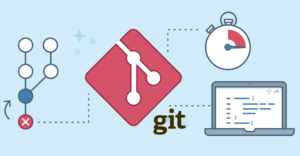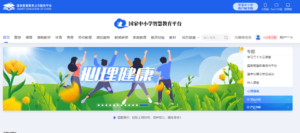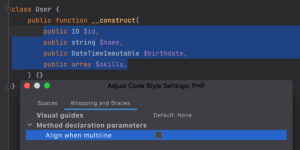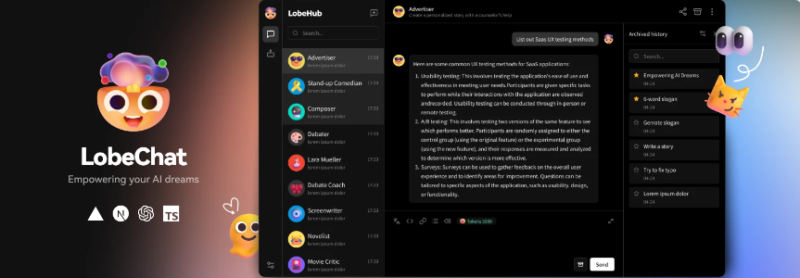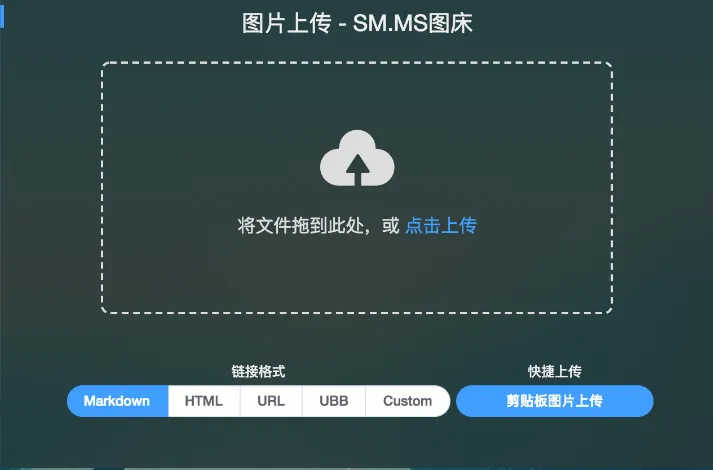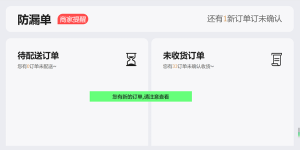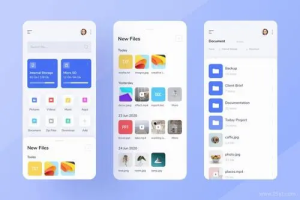在本教程中,我们将使用PHP和Vue.js开发一个简单的购物车功能,展示如何向购物车中添加商品、更新商品数量、删除商品以及计算购物车总价。我们将使用PHP作为后端处理购物车数据,并使用Vue.js作为前端展示和交互的框架。
![图片[1]-PHP和Vue开发简单购物车功能的逻辑和示例代码-连界优站](http://www.6x66.cn/wp-content/uploads/2023/07/image-194.png)
1. 前端部分 – 使用Vue.js
- 在HTML页面中引入Vue.js和Axios(用于处理与后端的HTTP请求):
<!DOCTYPE html>
<html lang="en">
<head>
<meta charset="UTF-8">
<meta name="viewport" content="width=device-width, initial-scale=1.0">
<title>Simple Shopping Cart</title>
</head>
<body>
<div id="app">
<h1>Simple Shopping Cart</h1>
<!-- 商品列表 -->
<div v-for="(item, index) in products" :key="index">
{{ item.name }} - ${{ item.price }}
<button @click="addToCart(item)">Add to Cart</button>
</div>
<!-- 购物车 -->
<h2>Shopping Cart</h2>
<div v-for="(cartItem, index) in cart" :key="index">
{{ cartItem.name }} - Quantity: {{ cartItem.quantity }} - Total: ${{ cartItem.total }}
<button @click="updateQuantity(cartItem, 1)">+</button>
<button @click="updateQuantity(cartItem, -1)">-</button>
<button @click="removeFromCart(cartItem)">Remove</button>
</div>
<p>Total: ${{ cartTotal }}</p>
</div>
<script src="https://cdn.jsdelivr.net/npm/vue@2.6.14/dist/vue.js"></script>
<script src="https://cdn.jsdelivr.net/npm/axios/dist/axios.min.js"></script>
<script src="app.js"></script>
</body>
</html>- 创建
app.js文件,编写Vue.js的逻辑:
// app.js
const app = new Vue({
el: '#app',
data: {
products: [], // 商品列表
cart: [], // 购物车
cartTotal: 0 // 购物车总价
},
methods: {
// 向购物车中添加商品
addToCart(item) {
const existingItem = this.cart.find(cartItem => cartItem.id === item.id);
if (existingItem) {
existingItem.quantity++;
existingItem.total = existingItem.quantity * existingItem.price;
} else {
this.cart.push({ ...item, quantity: 1, total: item.price });
}
this.updateCartTotal();
},
// 更新购物车商品数量
updateQuantity(cartItem, quantityChange) {
cartItem.quantity += quantityChange;
if (cartItem.quantity <= 0) {
this.removeFromCart(cartItem);
} else {
cartItem.total = cartItem.quantity * cartItem.price;
this.updateCartTotal();
}
},
// 从购物车中删除商品
removeFromCart(cartItem) {
this.cart = this.cart.filter(item => item !== cartItem);
this.updateCartTotal();
},
// 更新购物车总价
updateCartTotal() {
this.cartTotal = this.cart.reduce((total, item) => total + item.total, 0);
}
},
mounted() {
// 获取商品列表,此处假设后端提供了接口返回商品数据
axios.get('/api/products')
.then(response => this.products = response.data)
.catch(error => console.error(error));
}
});2. 后端部分 – 使用PHP
- 创建一个
api.php文件作为后端接口:
<?php
// 一个简单的商品列表,实际项目中通常从数据库获取数据
$products = [
['id' => 1, 'name' => 'Product 1', 'price' => 10],
['id' => 2, 'name' => 'Product 2', 'price' => 15],
['id' => 3, 'name' => 'Product 3', 'price' => 20],
// 可以继续添加更多商品
];
// 设置响应头为JSON格式
header('Content-Type: application/json');
// 返回商品列表
echo json_encode($products);
?>- 启动一个简单的PHP本地开发服务器:
php -S localhost:8000- 在浏览器中打开
http://localhost:8000,你应该能看到一个简单的购物车界面,其中包含商品列表和购物车。
现在,你可以通过点击“Add to Cart”按钮来将商品添加到购物车,点击“+”和“-”按钮来更新商品数量,点击“Remove”按钮来从购物车中删除商品。购物车总价会根据添加的商品实时更新。
请注意,这只是一个简单的示例,实际项目中,你可能需要更复杂的后端逻辑和数据库交互。此外,为了保护用户数据和安全,购物车功能通常需要用户身份认证和其他安全措施。
© 版权声明
文章版权归作者所有,未经允许请勿转载。
THE END




